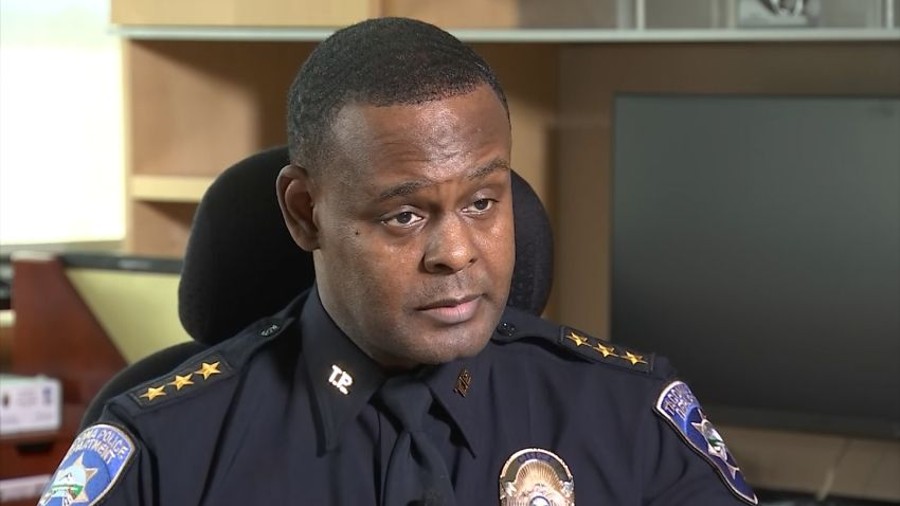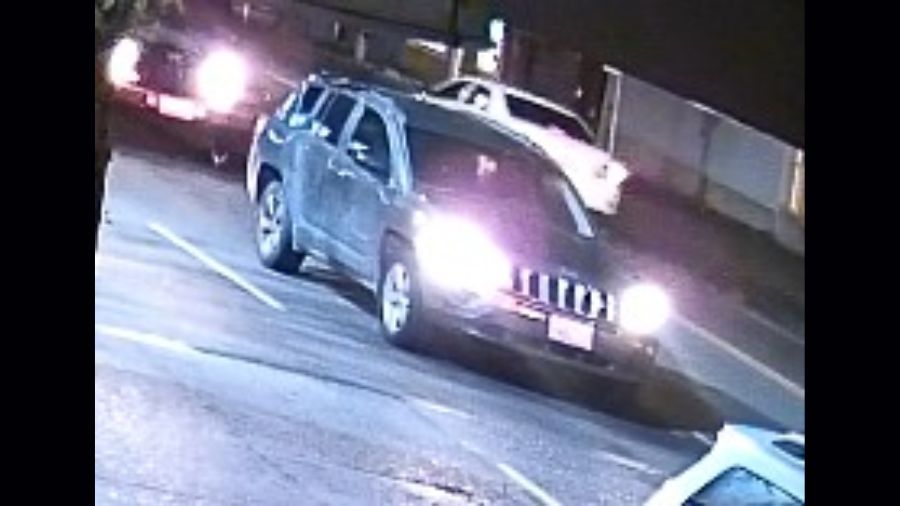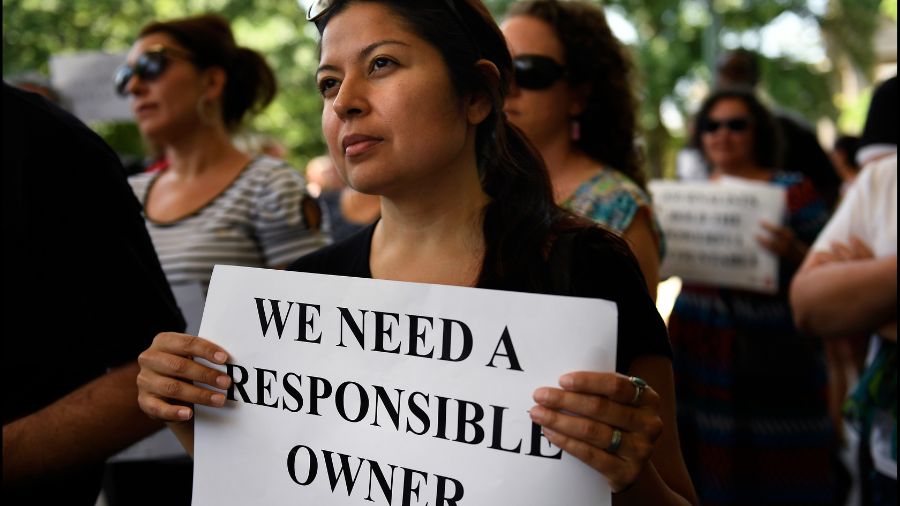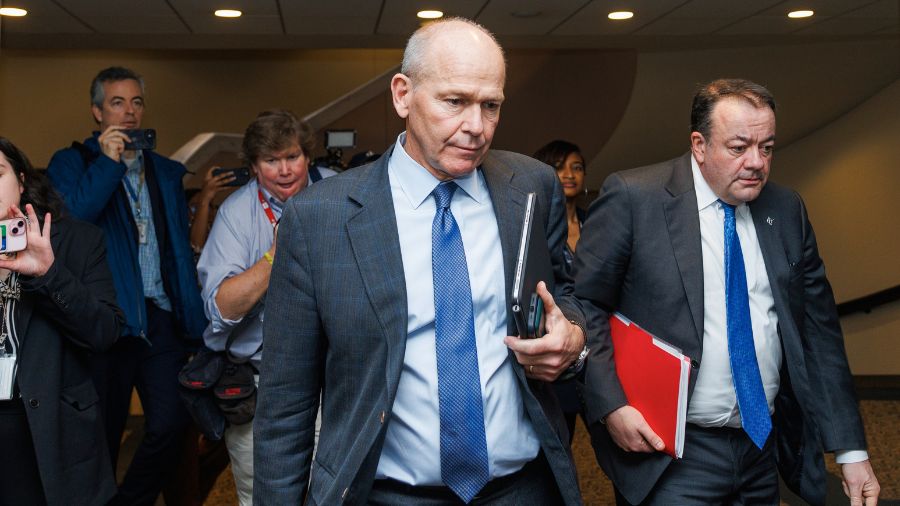Tacoma police chief addresses crime surge with new strategic plan
Jul 12, 2022, 6:35 PM

Tacoma Police Chief Avery Moore (KIRO 7)
(KIRO 7)
Police Chief Avery Moore presented the Tacoma Police Department Crime Reduction Plan at the City Council study session less than a week after the deadly shooting of a 14-year-old girl.
Moore, who was appointed as police chief in December 2021, partnered with criminologists at the University of Texas at San Antonio to develop the plan with the goal of reducing the number of victims, increasing community trust, and increasing the number of residents who feel safe. The plan is data-driven and 100% evidence-based, Moore said.
14-year-old girl dead after shooting in Tacoma’s Hilltop neighborhood
Moore’s plan breaks down into three phases to decrease crime.
“The first part involves policing hotspots and increasing patrol visibility. This is placing officers where crimes are most frequent and, actually, some officers are already doing this,” reported Colleen O’Brien, co-host of KIRO NewsRadio’s Seattle’s Morning News. “Part two is focusing on finding repeat offenders and knowing where they are planning crimes. So more of a predictive outlook. Part three is forming and strengthening relationships with community organizations.”
Hot-spot policing, the first phase, has started to be implemented across Tacoma. Twenty-four addresses currently account for 12% of violent crime within the city.
The second phase would be implemented approximately six to 12 months after hot-spot policing begins. This phase might also have budget requirements.
Henry Betts, the president of the Local 6 Union for Tacoma police officers, spoke about the plan on the Jason Rantz Show on KTTH, believing crime rates won’t decrease until police staffing is solved.
“The problem is that we are still having people wash out and people leave, whether they go to another agency, a competing agency in western Washington, or a competing agency that’s farther away. Or some even just choosing to leave the profession,” Betts said. “But we have 47 vacancies and we’re budgeted for about 364. So you know, that’s a big percent, we’re looking at about 15% of our workforce not even being here.”
Betts, a nearly 20-year veteran on the force, cited burnout, depleting morale, and state legislation as just some of the reasons many cities in Washington are struggling to staff their police.
“I think it varies from person to person. We recently had a good officer leave to another agency. And one of the things he said exiting was, he wants to be allowed to do police work,” Betts said. “So he took a big pay cut, but he’s down in Vegas, and he wants to go do the job that he signed up to do. So when you look at the law changes we’ve done, or lack of support from leadership at a city, county, and state level, they get tired of that. They get burned out on that problem. And that might be enough for them to say, ‘No, I’m going to go somewhere where I feel supported. And I’m allowed to actually chase criminals and go do my job.’ ”
Mike Smith, the criminal justice department chair at UTSA, said during the plan’s presentation that the criminologists will relentlessly evaluate the strategy of the crime reduction plan.













